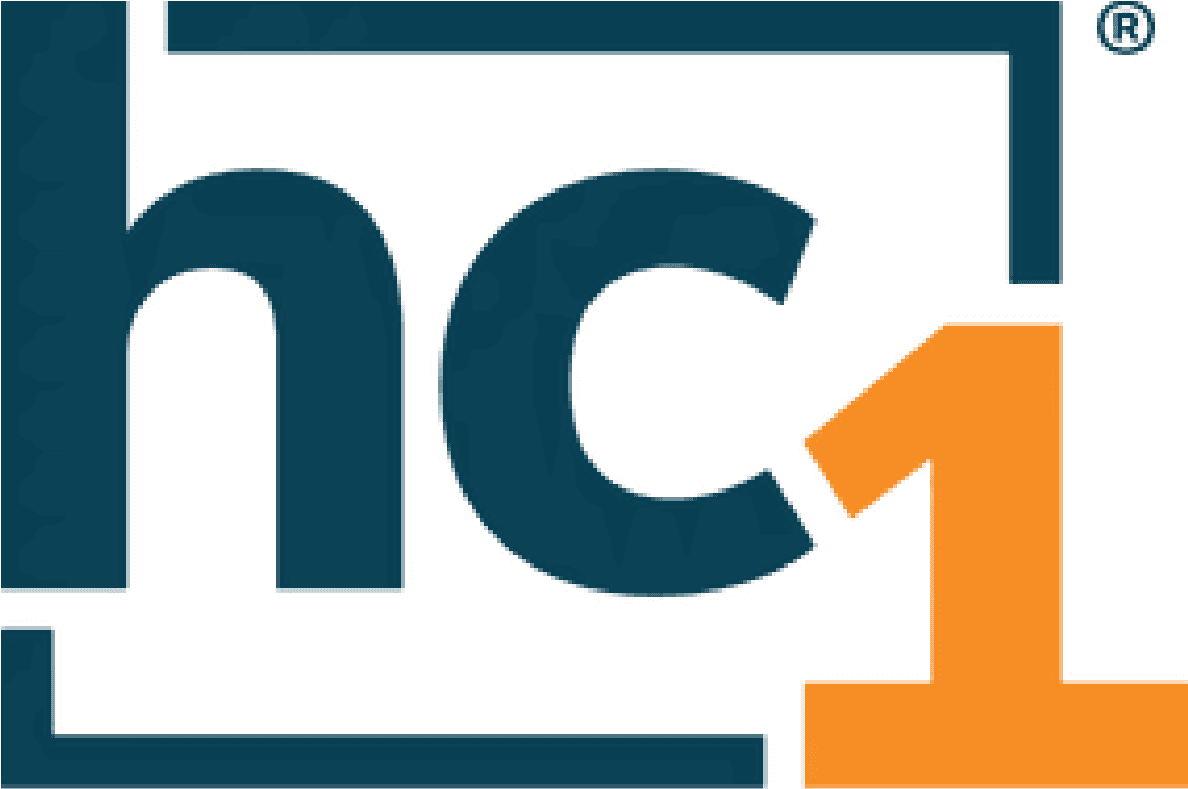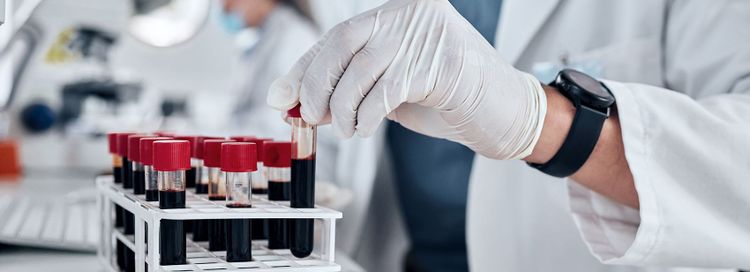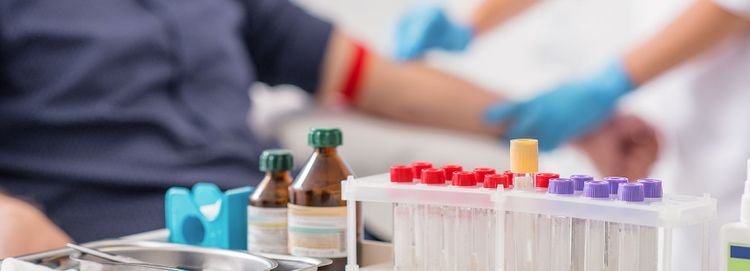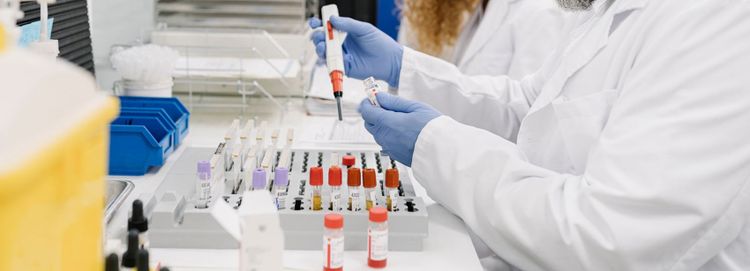October 1, 2021
Even though all humans are 99.9% the same at the genetic level, there are billions of DNA base-pair differences among individual humans at the genomic level. Even identical twins can develop genomic differences in utero when DNA is being copied. Biological parents pass on their genes to their children, but those children can introduce dozens of mutations to their genetic inheritance. Additional differences at the epigenetic and epigenomic levels affect how genes will work in a specific person depending on behavior and environment.
All of these differences lay the groundwork for precision health. Precision health aims to not only use knowledge of a patient’s unique combination of biology, environment, and behavior to more effectively treat or even cure existing disease, but also to prevent disease and optimize wellness by pinpointing individual health risks.
Yet the path to precision health is not a straight line—it’s a loop with many stops along the way. If we want this loop to become a virtuous cycle, patients must be centered at every point in the process. The recent 2021 Precision Health Virtual Summit hosted by hc1 and Becker’s Healthcare explored how precision health is pushing different areas of healthcare to work together in new ways to improve patient outcomes.
Precision population health
At the surface, precision medicine’s focus on an individual patient’s genomics, behavior, and environment would seem to be at odds with population health’s focus on public health, health policy, economics, quality and safety, and data analytics. But in a keynote presentation at the 2021 Precision Health Summit, Dr. David B. Nash explained that these healthcare disciplines are complementary and can work together to better assess patients’ healthcare risks and deliver treatment efficiently and effectively.
A key concept from population health that can be used in the assessment of an individual’s health risk is the idea of social determinants of health, which are environmental factors such as food and housing insecurity and institutional racism that affect a patient’s quality of life and health outcomes.
Another population health concept that precision health initiatives will need to adopt to be successful is the importance of building trust within the patient community. Many populations have historical reasons for mistrusting medical institutions, so patient education, engagement, and outreach must happen before individual testing or treatment can occur. Dr. Nash stated the need for ongoing public accountability and transparency at the government level to regain and maintain the public’s trust.
Dr. Nash also spoke of three factors affecting the progress of precision health.
- Culture of science: Scientists are continually testing and retesting and refining their thinking based on new evidence, but patients and the public at large are looking for clarity and certainty.
- Economics: Precision health-related technology, such as PCR testing, has advanced quickly, but health care payment structures have not kept up to make the latest technology accessible on a wide scale.
- Culture of clinical practice: Clinicians are trained to treat patients with “tried and true” methods, and care delivery systems are not set up to quickly and easily incorporate new technologies and research.
Dr. Nash highlighted the new term that captures the central focus of his keynote address. When the elements of precision health for enhancing the care outcomes of each patient are merged with broad-based, community-focused initiatives critical to population health, he coined that comprehensive approach as “precision population health.”
Evidence-generating medicine
Increasingly, health researchers are using data collected during patient care as their evidence for studies. Dr. Umberto Tachinardi, Chief Information Officer of the Regenstrief Institute, highlighted hurdles researchers face when using this real-world data:
- The data is messy and incomplete because it was collected for treatment purposes, not research.
- Patient privacy must be protected, and potential patient identifiers are in multiple locations, increasing the difficulty of de-identifying data.
- The computing involved in this type of research requires complex infrastructure and large datasets pulled from multiple sources to accurately train machine learning models.
To address these issues, Dr. Peter Embí, President and CEO of the Regenstrief Institute, said that we need to change the traditional idea of the one-way relationship between healthcare research and the practice of medicine. Clinical decisions should continue to be based on evidence from research and the patient’s circumstances and wishes, but the information about those decisions and their outcomes should also be fed back into research to create a learning health system. We need to move from evidence-based medicine to evidence-generating medicine.
Human-centered design
Even with all the amazing advances in precision medicine, Dr. Gilan El Saadawi pointed out in her breakout session that “the molecular diagnosis does not define a patient.” There are other important pieces of both structured and unstructured data needed to put together the whole patient story, and one technology or solution isn’t going to provide all the answers. Certainly not EMRs, which have been optimized for billing purposes, not for error reduction or ease of use.
“We can put all the technology magic in the world out there, but if humans aren’t engaging, that’s the biggest impediment that there is,” hc1 CEO Brad Bostic said during his fireside chat. Bostic emphasized that healthcare systems need to work for both patients and clinicians.
During the Chief Medical Information Officer (CMIO) panel, Dr. Albert Villarin described Nuvance Health’s approach to human-centered design. They first collect a variety of patient data from lab testing and input from health devices, glucose monitors, for example. That data is then filtered through evidence sets such as patient registries for diabetes and high blood pressure. The last step is to notify both clinicians and patients of actions, such as screenings or check-ups, they may need to take because of health risks. He spoke about the challenges involved in putting the massive amount of collected healthcare information to good use. “It’s coming in as data, but going out as knowledge. That knowledge over time creates the wisdom around the one patient we’re taking care of.”
The path to precision health for all patients is not straightforward. What is clear is that progress will require communication, innovation, and collaboration from all parts of the healthcare ecosystem.
Watch the full presentations from the 2021 Precision Health Virtual Summit here.
